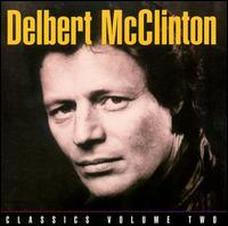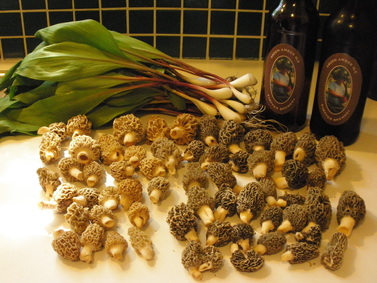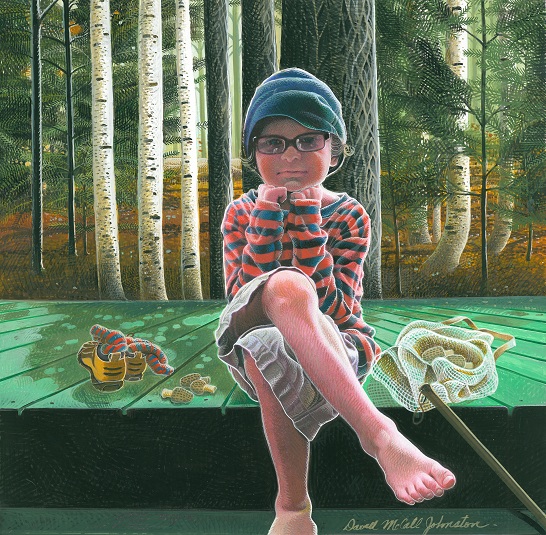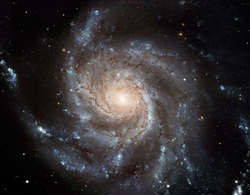Abundance: The Documentary
Many days I would cheerfully trade my pen and paper for a state-of-the-art video camera. Cinema is so clearly the dominant artistic medium of our age that we who practice older arts often wonder if we’ve become irrelevant. Not yet! I shout, despite the seeping doubt — and the tottering piles of draft and notes that threaten to bury this aging fool beneath an anachronistic mountain of rubble.
Footage is what I need. And an editor in a cutting room. And a staff of energetic young people skilled at translating images into narrative.
If I had such a staff I would direct them to follow, with a camera, the actions of a man taking inventory of his earthly possessions with a video camera of his own. This, I’m told, is a standard tactic for those who worry about collecting homeowner’s insurance in the event of fire, flood, storm, or burglary. The subject would walk from item to item, filming each and identifying it in a clear voice, thereby demonstrating the abundance of physical items in an American household, as part of my larger project of getting at the point of whatever I’m trying to get at. “Microwave, GE Spacemaker II,” he would say. “Food processor, KitchenAid, Model H236ST4.”
Then a narrator informs us that, according to a 2005 study, the typical American family owns more possessions than did any Egyptian pharaoh.
[CUT TO EGYPTIAN TOMB FILLED WITH TREASURES]
But everyone knows that true abundance has nothing to do with what can be bought or measured or priced. It means a full life, love, the gifts we give and receive. It means recognizing that the world is inhabited by an inexhaustible number of things, each singular and actual, each a mystery and an astonishment, each in flux, with a history and a lineage of equally singular and astonishing links reaching back to the beginning of time and projecting forward to the end of it. Creation is not a set number of things, it is a continuous creation. It is a fountain.
So now we cut to a dripping tropical forest where dignified avuncular biologist E.O. Wilson is on his knees identifying some of the hundreds of plants and animals living in a randomly chosen square meter of what he assures us is the most biologically diverse ecosystem on earth, with thousands of species that we know and thousands more yet to be discovered and named and, of course, tested for possible beneficial uses to mankind (this last inserted to placate the shrunken black hearts of lawmakers who value only what is quantifiable).
Then, to suggest the fountainous cornucopia of life in all its forms we cut to:
– rows of open drawers in the American Museum of Natural History, each lined with hundreds of mummified neotropical songbirds, tagged and labeled,
– the halls of a Walmart,
– a crowded bazaar in Istanbul,
– a close-up of faces in a crowd (football game, rock concert, public hanging)
– and, in a series of quick cuts, a landfill teeming with garbage and gulls, a storage unit crammed with surplus furniture and other crap, the time-lapsed frenzy of a robotically-run automobile factory, the stomach contents of a shark laid out on a blanket (Frisbee, kangaroo skull, set of car keys, full bottle of Budweiser, shriveled human hand).
All of this to make a point visually that is perhaps impossible to articulate verbally: That every moment of our lives we live within a roaring and sometimes overwhelming waterfall of phenomena [CUT TO NIAGARA] — the unimaginable, flowing, spewing, drifting muchness of things in the universe and their apparently endless and endlessly various interactions with one another. All this raises a corollary to the contemplative philosopher’s question of why there is something in the universe instead of nothing. It is: why is there so much of it?
[CUT TO STILL-SHOT OF THE PERIODIC TABLE OF ELEMENTS]
[CUT TO LUMINOUS GASES VAULTING BALLETICALLY FROM THE SURFACE OF THE SUN]
[CUT TO ARMY ANTS SWARMING ACROSS AN ANIMAL CORPSE; MOB RIOTING IN STREETS; TERRIBLE TSUNAMI SURGE; CATTLE STAMPEDING WITH MUCH DUST]
[CUT TO TABLE OVERFLOWING WITH FEAST; AND CHILDREN LAUGHING IN GREATEST JOY]
Meanwhile, the narrator says:
“We want to eat the world. We hunger for the mad and rowdy physicality of existence. We are exuberant, ebullient, open-eyed, open-armed, open-mouthed, and flat-out ravenous for this mysterious, astounding, delicious, brutal, and bountiful thing we call life.”
That would be my film.

 You know how it is. You’ve worked hard all week saving orphans from fires, framing condos, sewing up knife wounds, digging coal from deep caverns, painting interior walls and trim for senators, forging steel death machines, composing reams of prose that will probably win a Pulitzer – basically being industrious and brilliant, just like Mom always hoped you’d be – then Friday afternoon comes along and you’re exhausted. Depleted. Stupid. Just screwing the pooch until you can get to the bar.
You know how it is. You’ve worked hard all week saving orphans from fires, framing condos, sewing up knife wounds, digging coal from deep caverns, painting interior walls and trim for senators, forging steel death machines, composing reams of prose that will probably win a Pulitzer – basically being industrious and brilliant, just like Mom always hoped you’d be – then Friday afternoon comes along and you’re exhausted. Depleted. Stupid. Just screwing the pooch until you can get to the bar.
 With morels on everyone’s minds, it’s a great time to check out this splendid new book from The University of Michigan Press:
With morels on everyone’s minds, it’s a great time to check out this splendid new book from The University of Michigan Press: 
 What an honor it is for an author to learn that his work is giving a reader he has never met some much needed comfort in a comfortless place. This is a young soldier named Nick Warren, on patrol in northern Afghanistan, reading my memoir of growing up outdoors, A Place on the Water. Nick wrote to say that the book has given him a taste of home, and he can’t wait to get back to western Michigan.
What an honor it is for an author to learn that his work is giving a reader he has never met some much needed comfort in a comfortless place. This is a young soldier named Nick Warren, on patrol in northern Afghanistan, reading my memoir of growing up outdoors, A Place on the Water. Nick wrote to say that the book has given him a taste of home, and he can’t wait to get back to western Michigan.
14 Replies